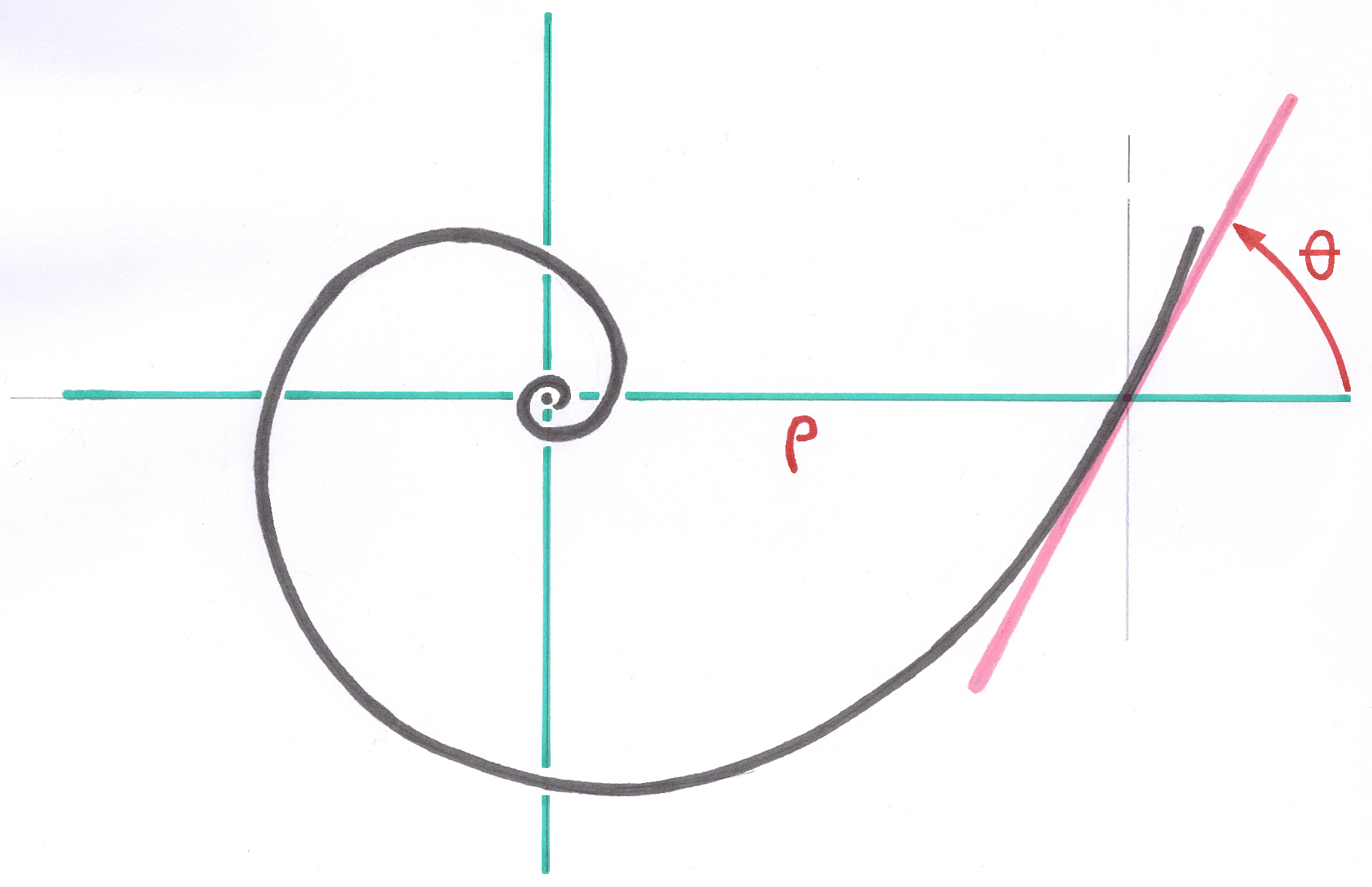2.11. In connection with Osseointegration
2.11.1. Summary
When the bone has retained all its vitality over a large surface and the bone cells come into immediate contact with the surface of the implant, without any interposition tissue remaining, Osteointegration is acquired. .
Osteointegration is strongly favored if, during the design of the implants, particular importance has been given to the stability of the implant, the absence of Micromovements, the placement of the bone in Preconstraint, the surface microstructure of the implant, the bone-material biocompatibility and above all the biochemical aptitude of the surface of the implant for osseointegration.
2.11.2. The concept of Osseointegration.
The concept of Osseointegration has been extensively studied and published by Professor Félix LINTNER from Vienna. I basically agree with this concept and would like to thank him for his work.
Not having a qualification in biology, I will limit myself, in the present document, to considerations concerning osseointegration in the design of prostheses.
When designing prostheses, even if I consider that I have previously satisfied the geometric and biomechanical conditions that I have imposed on myself, the biological conditions still have to be satisfied, especially of biocompatibility between the bone cells and the chemical composition of the layer to the surface of the implant. Without wanting to encroach on more in-depth previous work, and my certificates in Crystallography and Spectroscopy and Chemical bonds at the Sorbonne being old, I will simply say that the surface molecules must be of "same chemical nature" as the crystalline component of the bone.
2.11.2.2. Cement is incompatible with Osseointegration.
In addition to the solidified part and biochemically neutral of the poly-methylmetacrylate, the presence in the bone, with the immediate vicinity of the interface bone-cement, from residues of mono-methylmetacrylate (not polymerized monomer) remaining toxic even after long years, eliminates any possibility of Osteointegration definitively. The question of the “same chemical nature” thus does not arise even.
2.11.2.3. Reoperation without cement after a cemented stem
Because of these toxic residues in the long run, the prostheses without cement, established to replace an extracted cemented prosthesis, can not profit from the osseointegration. I support that only the Primary Stability brought by Geometrical Anchoring ensures in the long run the stability of these prostheses of reoperation without cement. Moreover, the prostheses of reoperation SLR Plus that I conceived in 1992 with the concept of Geometrical Anchoring made the proof of it.
2.11.2.4. Titanium is osseointegrable.
Titanium not covered, but microstructured by sanding is already an excellent biochemical partner of the bone. The additional large surface gotten by the microstructure supports the Osseointegration.
Indeed, the layer of a few microns of Titanium Oxide which is formed spontaneously on the surface of the titanium of the stem satisfies already perfectly this condition of “same chemical nature”. The large surface gotten by the microstructure supports the osseointegration.
I point out that Titanium, as soon as it is machined, never remains naked, oxidizes, and thus that the bone “never sees” titanium in a metallic state. The molecular structure of its oxide coating is compatible with the structure of the crystalline component of the bone.
2.11.2.5. Titanium better than Chromium or Cobalt.
The oxide coating recovering the surface of titanium does not have the toxicity of oxides of the heavy metals used for other prostheses.
Other metals and alloys can be overlapped with a layer of passivation, that it is spontaneously or by an electrochemical treatment, without the molecular structure of the layer being compatible with the osteointegration.
I will take only as examples the stainless steels and alloys containing Chromium and Cobalt, however very much used to carry out orthopedic implants. The layer of protection which is formed on the surface of these metals is not of “same chemical nature” as the crystalline part of the bone and there is no Osseointegration of the prostheses manufactured in these alloys.
2.11.2.6. Advantageous Hydroxyapatit in the short run.
On the other hand, the covering of the titanium surface by a crystalline layer as the hydroxyapatite gets an appreciable advantage in the short run, the molecular and microscopic structure being a priori closer to the structure of the bone. The long-term advantage is not shown. It appears certain that Osseointegration starts more quickly thanks to a crystalline coating.
----
Next chapter: 3. Original Methods of creation of Prostheses
Next method: The Method of the Growth Factors
